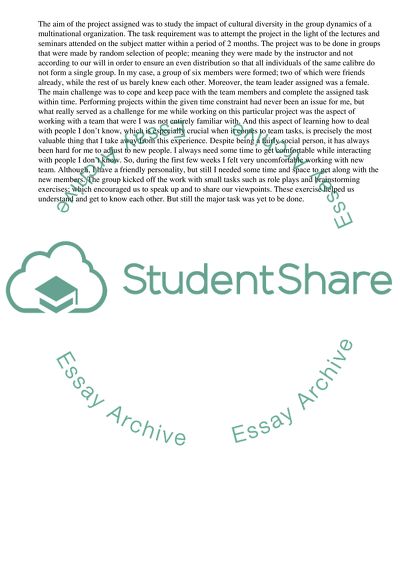Cite this document
(The Impact of Change Management Assignment Example | Topics and Well Written Essays - 2750 words - 1, n.d.)
The Impact of Change Management Assignment Example | Topics and Well Written Essays - 2750 words - 1. Retrieved from https://studentshare.org/management/1750432-organisational-transformation-in-practice
The Impact of Change Management Assignment Example | Topics and Well Written Essays - 2750 words - 1. Retrieved from https://studentshare.org/management/1750432-organisational-transformation-in-practice
(The Impact of Change Management Assignment Example | Topics and Well Written Essays - 2750 Words - 1)
The Impact of Change Management Assignment Example | Topics and Well Written Essays - 2750 Words - 1. https://studentshare.org/management/1750432-organisational-transformation-in-practice.
The Impact of Change Management Assignment Example | Topics and Well Written Essays - 2750 Words - 1. https://studentshare.org/management/1750432-organisational-transformation-in-practice.
“The Impact of Change Management Assignment Example | Topics and Well Written Essays - 2750 Words - 1”, n.d. https://studentshare.org/management/1750432-organisational-transformation-in-practice.


